The total area of cultivation with annual product consumption contracts reaches 15,000 - 20,000 hectares. In the photo: Rice production linkage area in An Ninh commune (Quynh Phu).
Leading the development of commercial agriculture
With the spirit of eagerness to learn, daring to think, daring to do, confident in making breakthroughs, many farmers and young generations of intellectuals have boldly built cooperatives according to new models, meeting the needs of the new period. A typical example is the Keo Village Agricultural Products Trading Cooperative, Duy Nhat Commune (Vu Thu) - the owner of the OCOP product of Keo Village broken sticky rice. Mr. Nguyen Huu Canh, Director of the Cooperative, said: Over time, many new rice varieties with high productivity and quality have been introduced into the production fields, but the people of Keo Village still wholeheartedly maintain the cultivation of the precious rice varieties passed down by their ancestors.
Nep be is a traditional local rice variety, the seeds are selected by the people from the previous crop. Large, yellow, and mold-free seeds will be selected for the next crop and stored in suitable conditions. In July 2021, Keo Village Agricultural Products Trading Cooperative was established to maintain and preserve the precious glutinous rice variety here. At that time, the Cooperative was supported in planning the area, registering the growing area code, and training to transfer knowledge and agricultural cultivation techniques to the people.
At the same time, support is provided in building brands, packaging, labels, machinery systems and website operations. When the cooperative purchases and consumes output products, the area of traditional broken sticky rice cultivation of the people has increased from 120 hectares/year to 150 hectares/year. After harvesting, the rice is dried in an oven at a temperature of 38 - 40 degrees Celsius, for a period of 35 - 40 hours. Broken sticky rice after milling is packed in zip bags with logos and QR codes to trace the origin and distributed to consumers, initially creating a connection between businesses and farmers in developing linkage services and consuming rice products.
Not only Keo Village Agricultural Products Trading Cooperative, many agricultural cooperatives after converting their operations under the 2012 Law on Cooperatives, the 2023 Law on Cooperatives or newly established have boldly invested and applied scientific and technical advances in production to increase product quality and value, meeting market demand. Mr. Nguyen Quang The, Director of Vu An Commune Agricultural Service Production and Trading Cooperative (Kien Xuong) said: To increase income for members, in recent times, the cooperative has actively introduced new crop varieties with product consumption links into production through field trips and visits to models in localities inside and outside the province, on that basis, drawing experience to effectively deploy production in the locality. In 2025, out of a total of nearly 80 hectares of spring crops, the cooperative will cooperate with companies and enterprises to produce and consume peanut seeds, soybeans and vegetables for members with an area of 11 hectares, thereby helping farmers feel secure in production and increasing income.
Mr. Vu Ngoc Quyet, Do Luong village, Vu An commune said: There is a cooperative that provides seeds, technical guidance and consumes products, so for many years now we have been planting vegetable soybeans instead of rice in the spring crop. Vegetable soybeans adapt well to the soil here, develop healthily, and grow stronger than other soybean varieties. In about 70 - 80 days, vegetable soybeans are harvested with an average yield of 2.5 quintals/sao; this year the selling price was signed at 8,700 VND/kg, each sao we earn from 2 - 2.5 million VND, much higher than growing rice.
Currently, the structure of the agricultural sector is shifting towards promoting the advantages of each locality, increasingly better meeting market demand. In recent times, with the attention and leadership of the central government and the province, along with the active participation of local authorities and the consensus and change in people's thinking about collective economy , many cooperatives have formed concentrated commodity production areas, organized production linkages associated with sustainable product consumption with 20 enterprises inside and outside the province. The total cultivated area with annual product consumption linkage contracts reaches 15,000 - 20,000 hectares, focusing on key agricultural products such as rice seeds, Japanese rice, high-quality rice, color crops and medicinal plants.
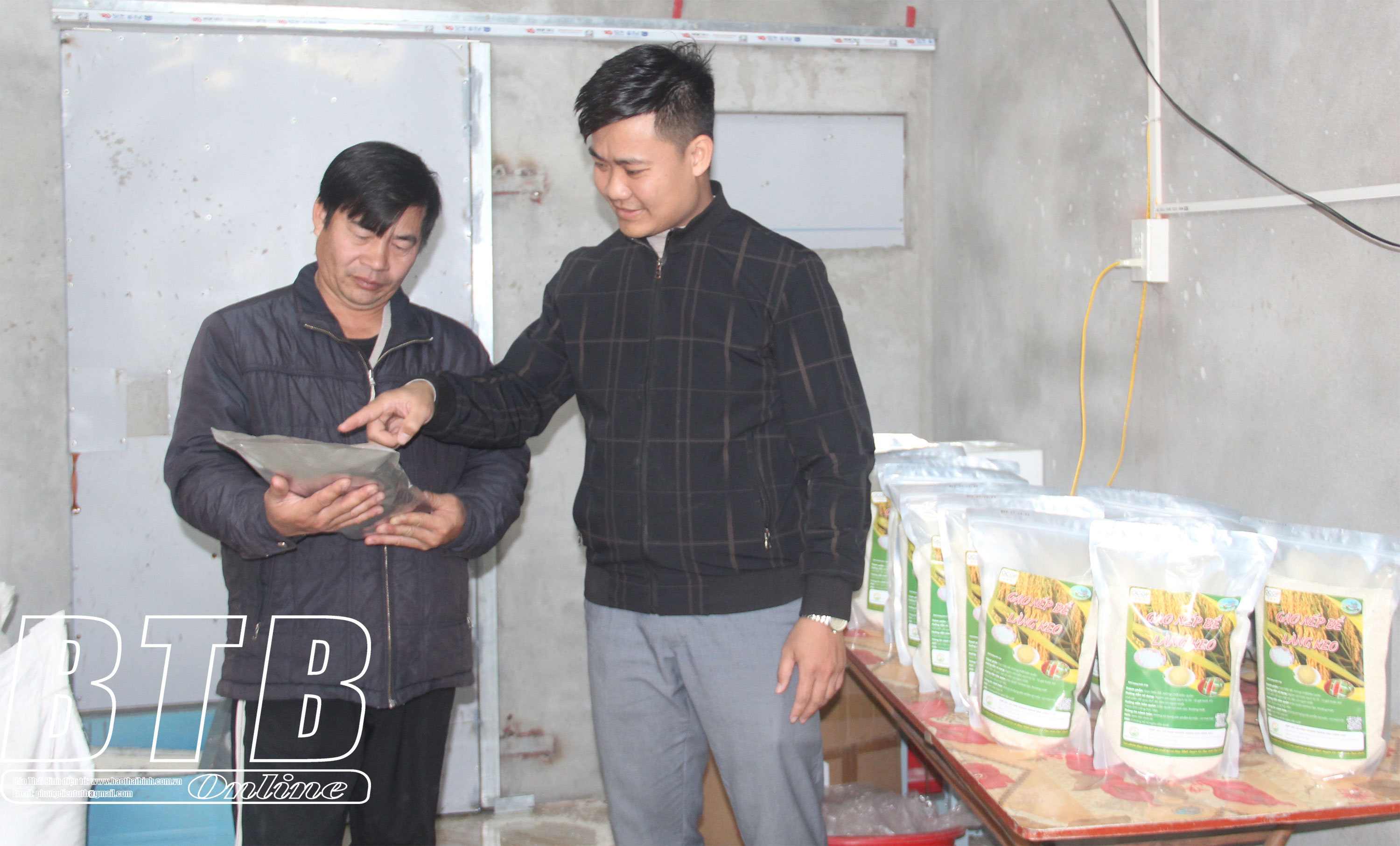
Keo Village Agricultural Products Trading Cooperative, Duy Nhat Commune (Vu Thu) successfully built the Keo village broken sticky rice brand.
Consumption of key agricultural products
The province currently has 363 agricultural, forestry, fishery and aquaculture cooperatives. In order to improve the operational efficiency of agricultural cooperatives and promote their role in linking production development and consumption of agricultural products, in recent times, the Provincial Party Committee and the Provincial People's Committee have focused on leading and directing all levels, sectors and localities to actively implement Resolution No. 19-NQ/TW, dated June 16, 2022 of the 13th Party Central Committee on agriculture, farmers and rural areas to 2030, with a vision to 2045; Resolution No. 20-NQ/TW, dated June 16, 2022 of the 13th Party Central Committee on continuing to innovate, develop and improve the efficiency of the collective economy in the new period; With many synchronous solutions, the province's agricultural cooperatives can promote their role as a bridge connecting farmers with businesses, creating an important driving force for development towards clean, safe, and sustainable agriculture.
Mr. Tran Van Toan, Chairman of the Provincial Cooperative Union, said: Currently, there are 54 agricultural cooperatives (accounting for 15% of the total number of agricultural cooperatives) that have built 62 products with brands and labels, meeting 3-4 star OCOP standards, helping to improve the agricultural production value chain, promote local agricultural specialties, and access many consumption channels that are highly appreciated by markets inside and outside the province.
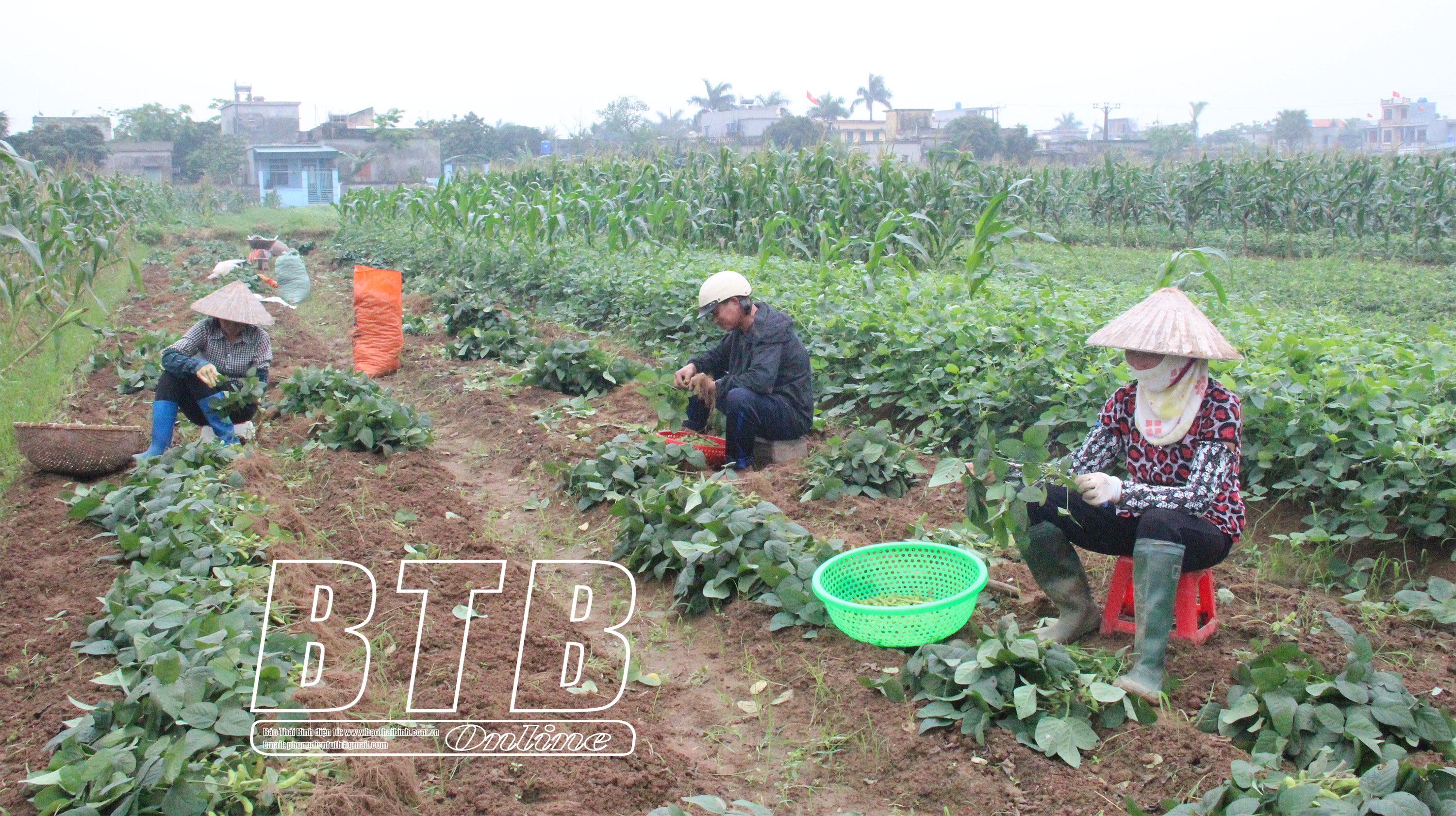
As the main subject, cooperatives have been forming concentrated production areas with many crops of high productivity and economic value.
Binh Dinh (Kien Xuong) is a purely agricultural commune, with intensive rice production, and underdeveloped winter crops. In recent times, the Commune Agricultural Service Production and Business Cooperative has performed well in its advisory role to the Party Committee and the Commune People's Committee in issuing resolutions to lead economic development, increase people's income, thereby promoting local socio-economic development, and the poverty rate is decreasing. In addition to the three mandatory service stages, the Cooperative is performing nine other business services to better serve the needs of its members. Mr. Tran Thanh Son, Director of the Cooperative, said: In the service stages, the Cooperative is prioritizing the development of production according to the value chain with product consumption contracts to increase product value for members. In the period of 2020 - 2024, the Cooperative consumed more than 5,850 tons of rice for its members, with a revenue of 64 billion VND, bringing in a profit of 15 billion VND for its members. To improve this service, the Cooperative cooperates with companies and enterprises in the form of pre-paying rice seeds and fertilizers with a planned area including 6 large-scale fields with an area of 300 hectares and nearly 2,000 participating households. In addition, the Cooperative also plans an organic rice production area with an area of 14.5 hectares, recognized as a 3-star OCOP product, and is completing the application to upgrade to a 4-star OCOP.
Although the number of cooperatives is relatively large, the "locomotives" with real strength and development capacity are still not many. To open up opportunities for Thai Binh agriculture to develop in the digital age, cooperatives need to understand the spirit of innovation, promptly restructure the organizational apparatus, invest resources, accelerate the process of converting operating methods to suit the new situation, especially accelerate the digital transformation process to match the key role. From there, lead the movements of agricultural production innovation, form many commodity agricultural production areas, strengthen the link between farmers and output-consuming enterprises to bring sustainable values to the agricultural sector.
Ngan Huyen
Source: https://baothaibinh.com.vn/tin-tuc/4/221597/hop-tac-xa-dau-tau-to-chuc-san-xuat-va-tieu-thu-nong-san-chu-luc


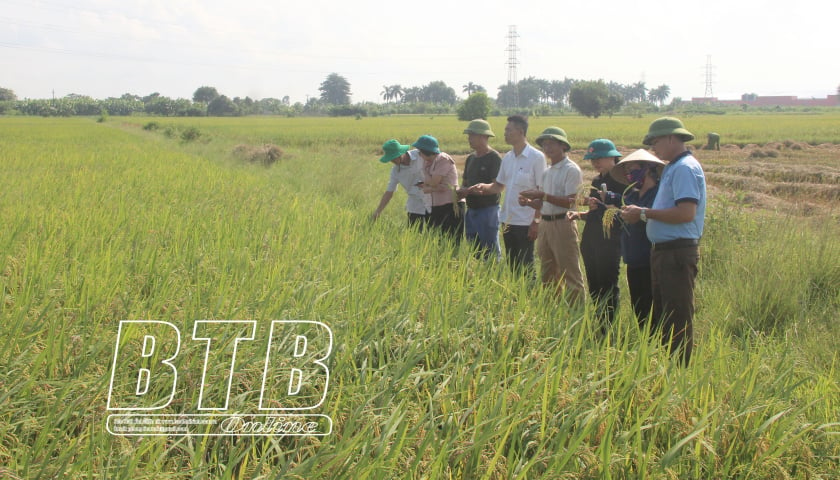

![[Photo] Parade to celebrate the 50th anniversary of Laos' National Day](/_next/image?url=https%3A%2F%2Fvphoto.vietnam.vn%2Fthumb%2F1200x675%2Fvietnam%2Fresource%2FIMAGE%2F2025%2F12%2F02%2F1764691918289_ndo_br_0-jpg.webp&w=3840&q=75)




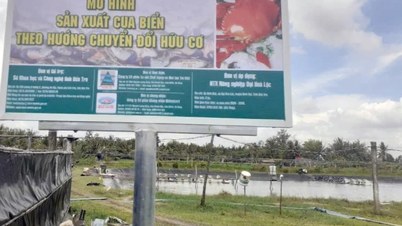

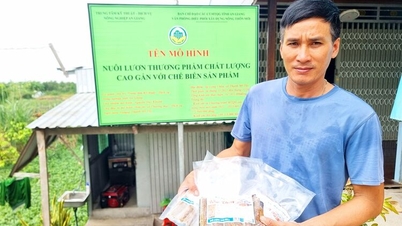

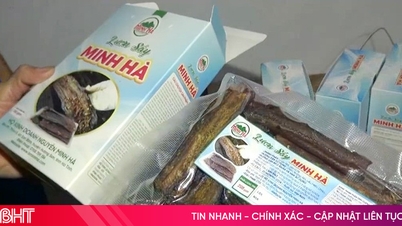


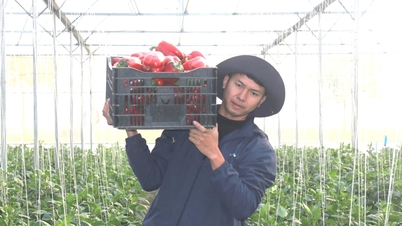

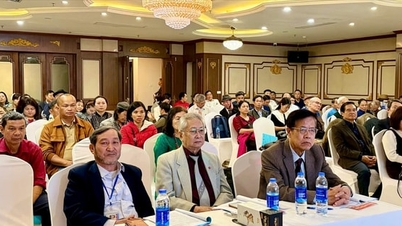

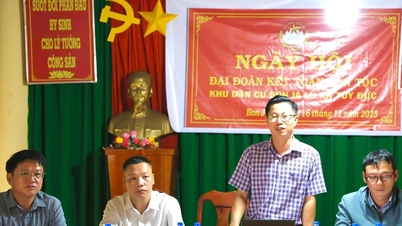

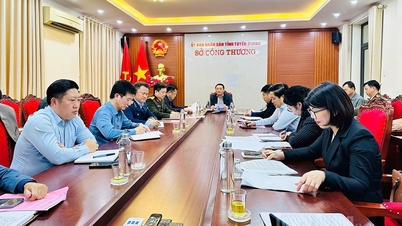


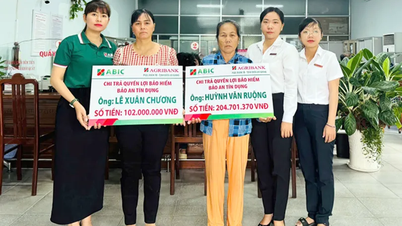

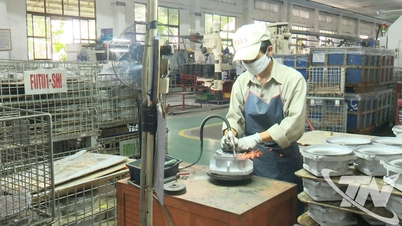






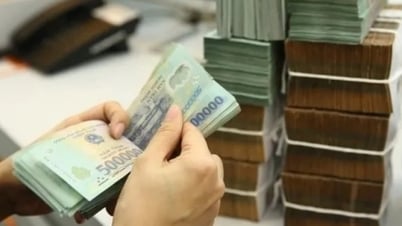

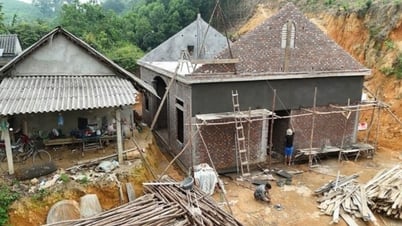
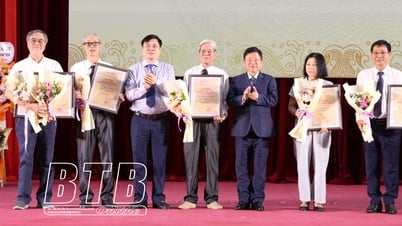
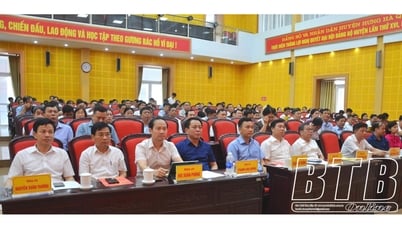
![[Photo] Worshiping the Tuyet Son statue - a nearly 400-year-old treasure at Keo Pagoda](/_next/image?url=https%3A%2F%2Fvphoto.vietnam.vn%2Fthumb%2F1200x675%2Fvietnam%2Fresource%2FIMAGE%2F2025%2F12%2F02%2F1764679323086_ndo_br_tempimageomw0hi-4884-jpg.webp&w=3840&q=75)
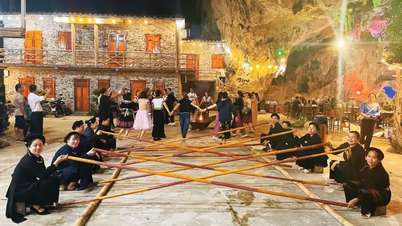



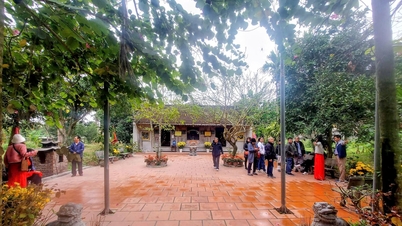




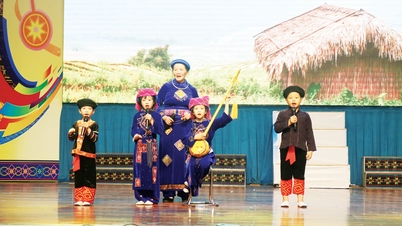





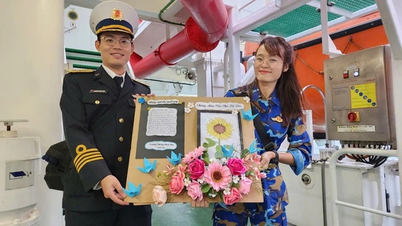




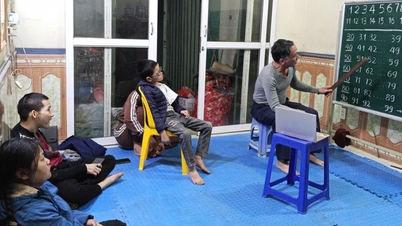






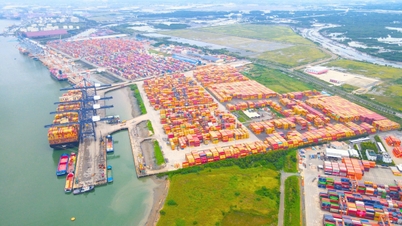















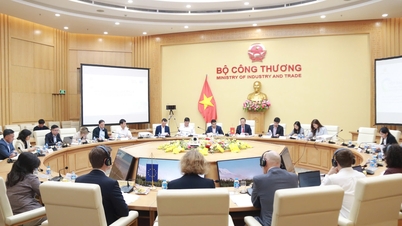





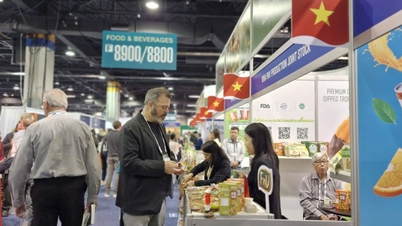
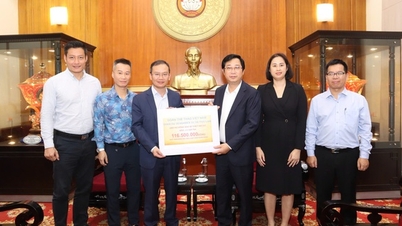


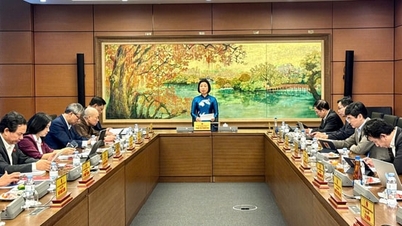
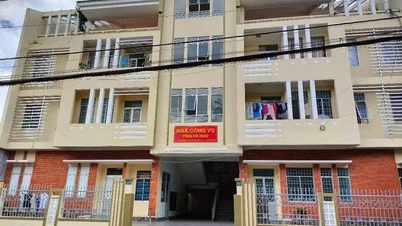












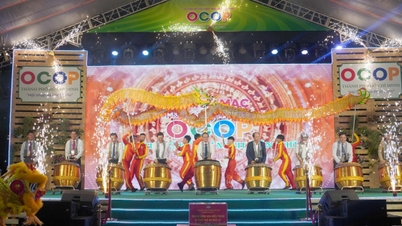


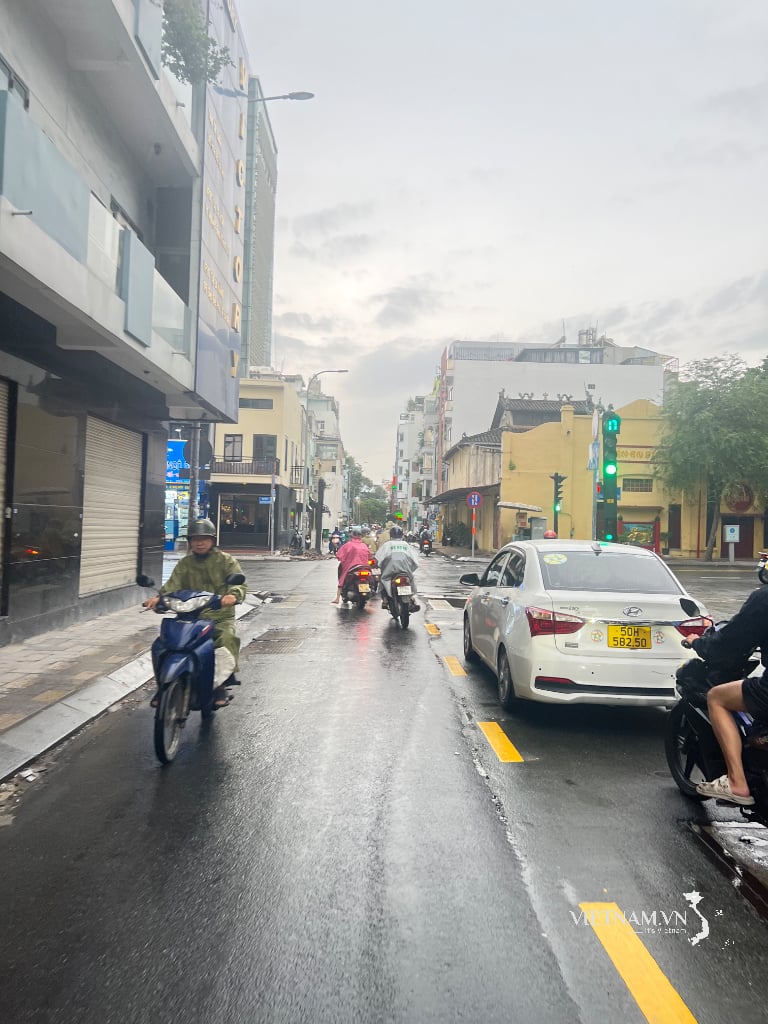


Comment (0)